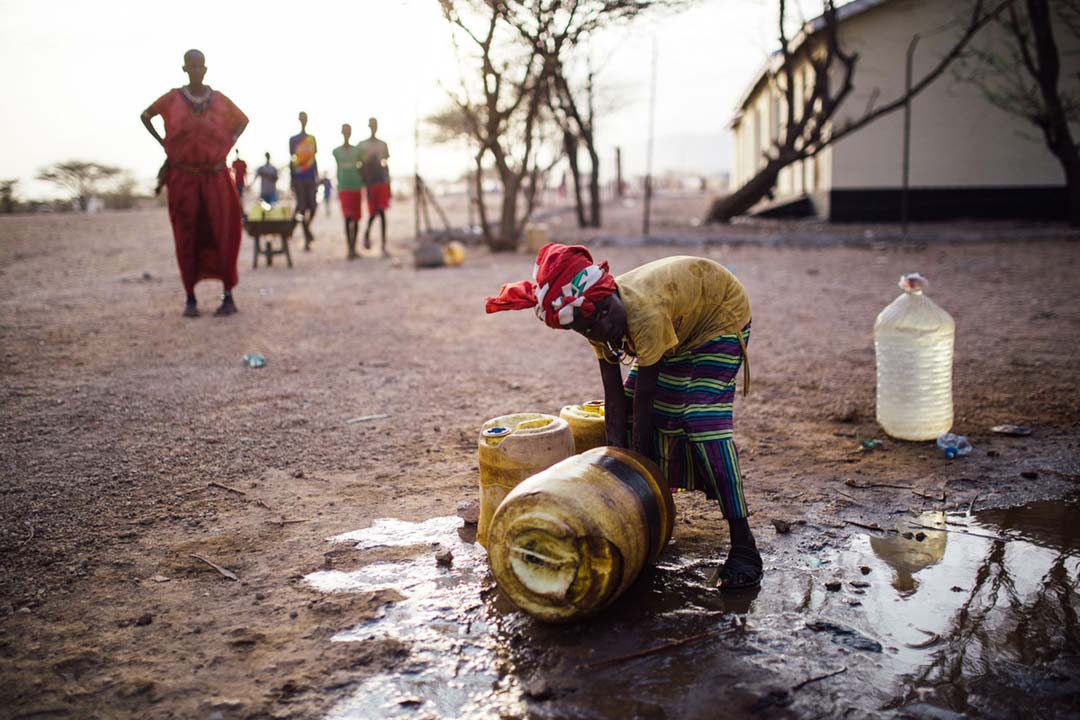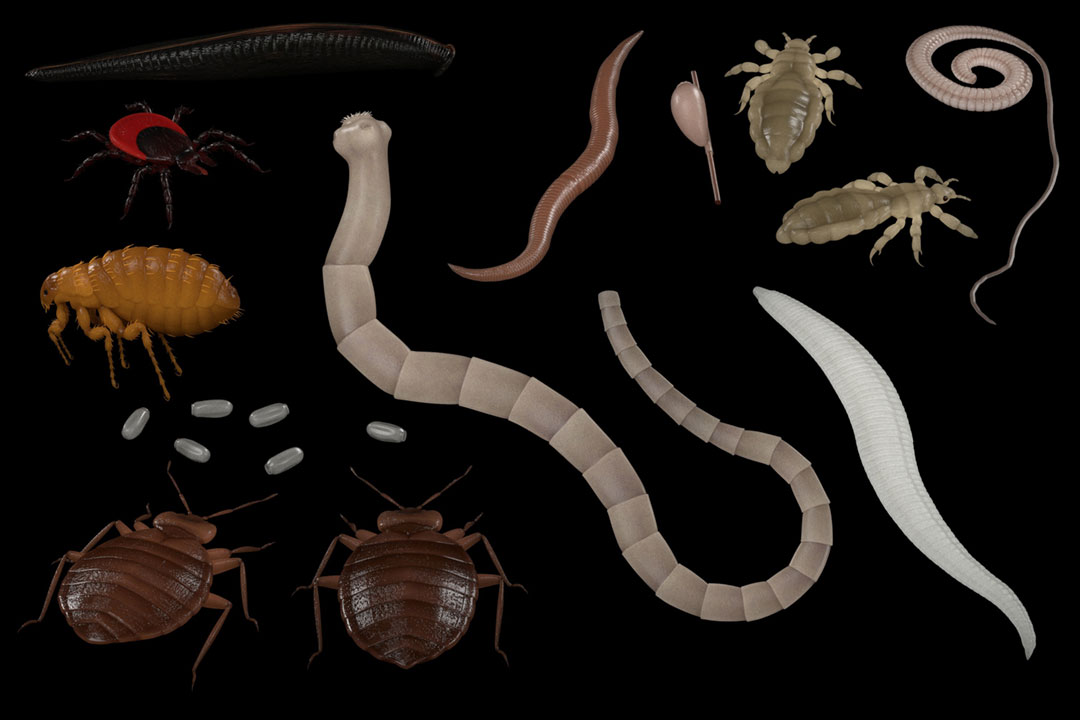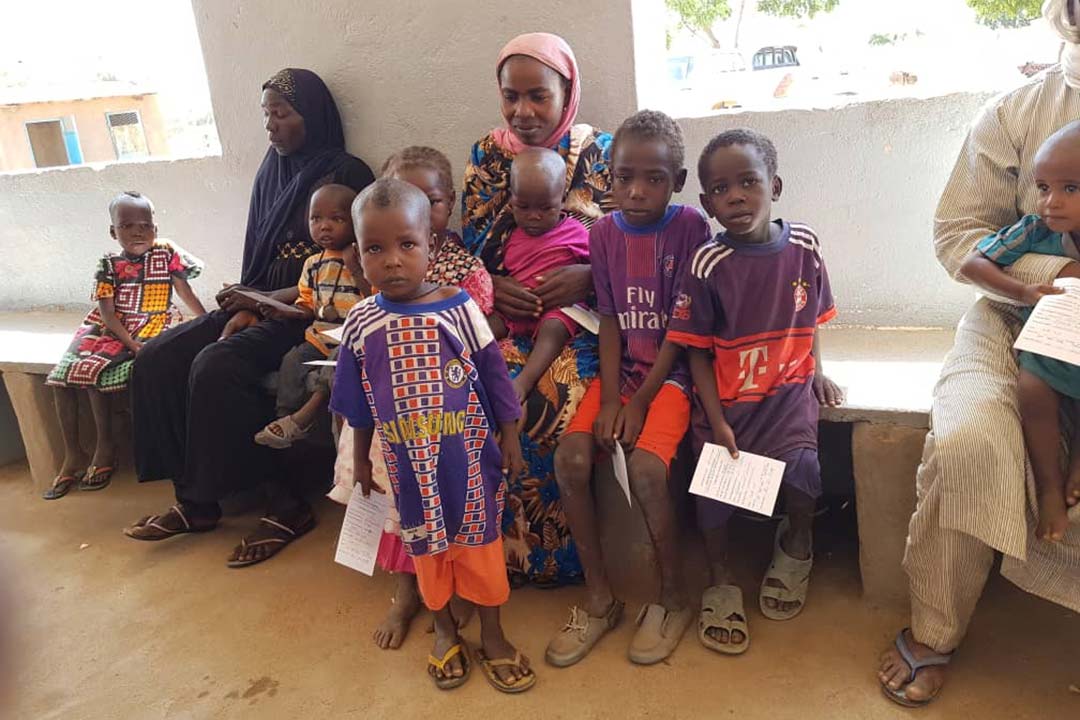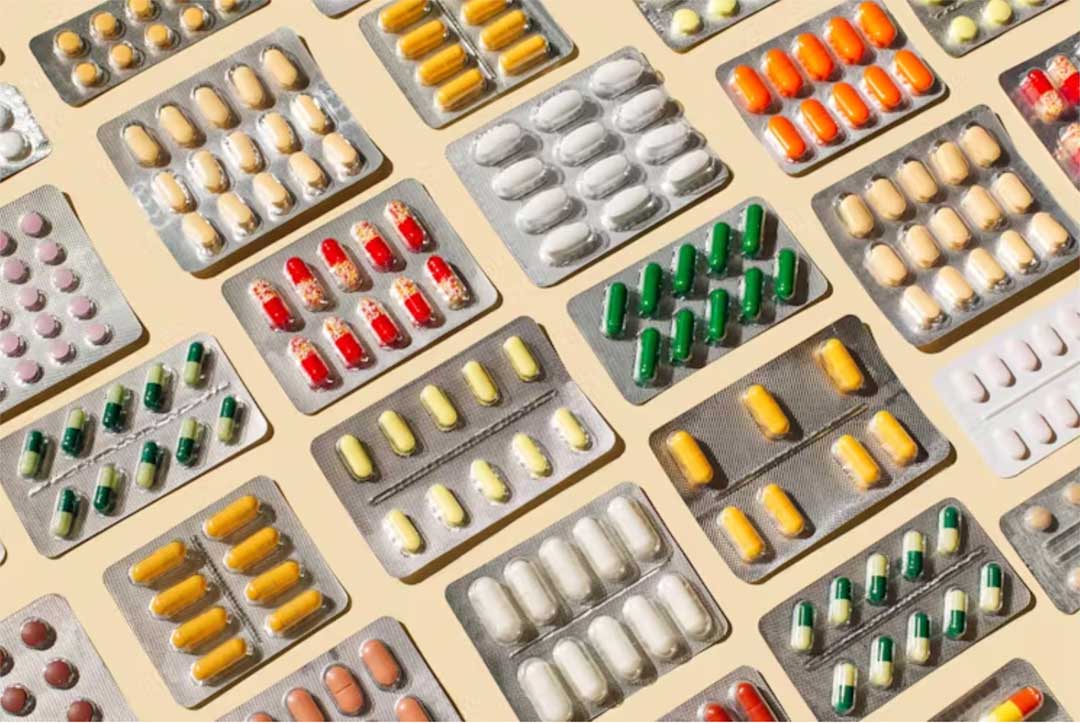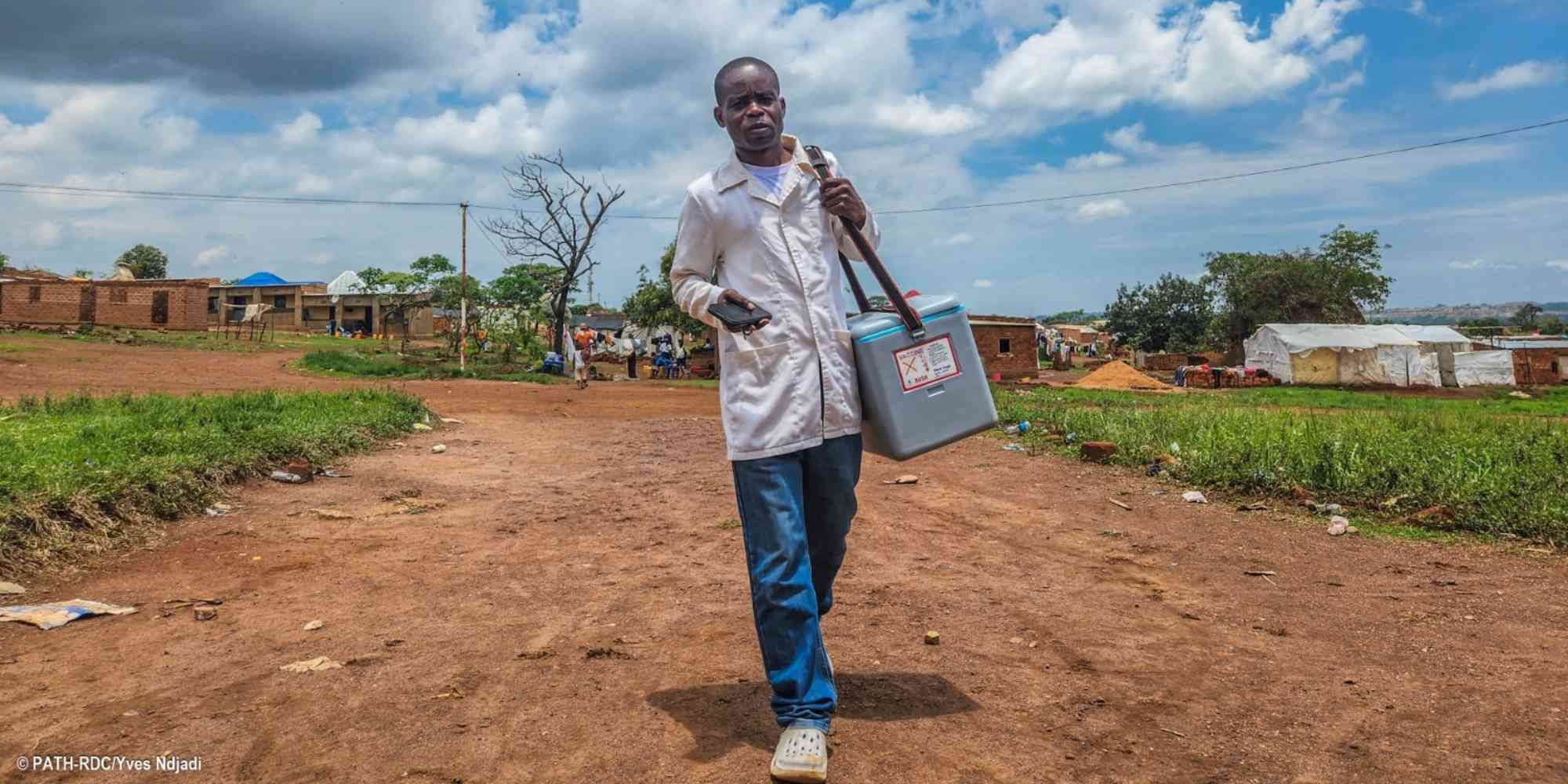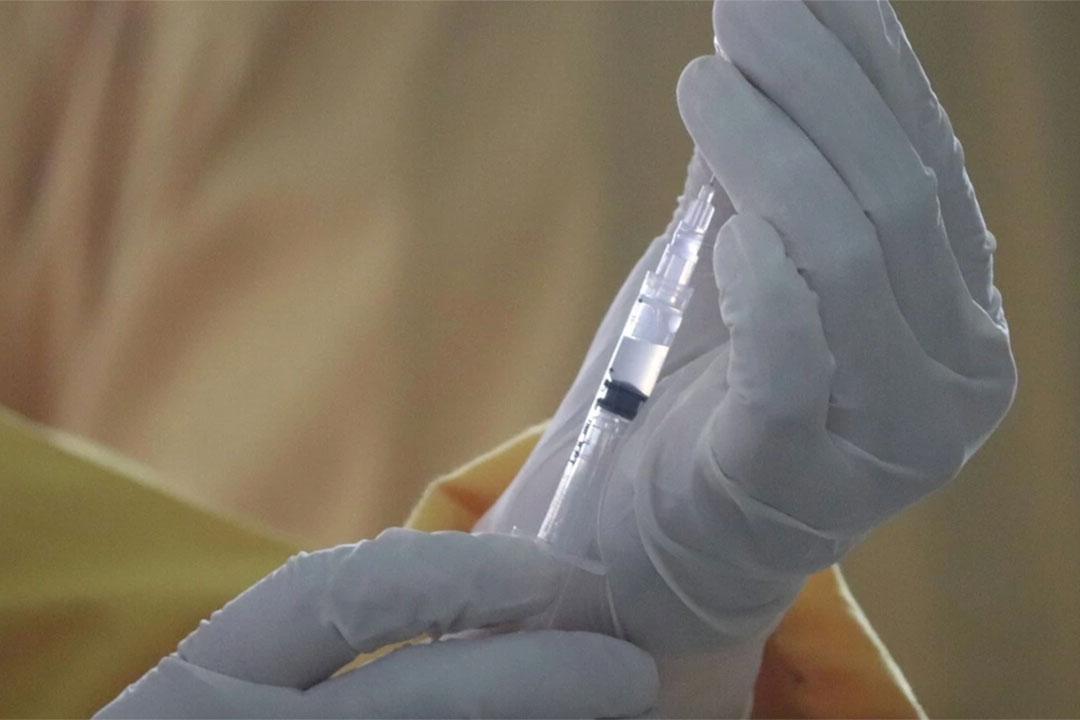Kids and COVID-19: what we know so far
Although children are less susceptible to COVID-19 than adults, there are still risks associated with infection.
- 27 September 2021
- 5 min read
- by Linda Geddes
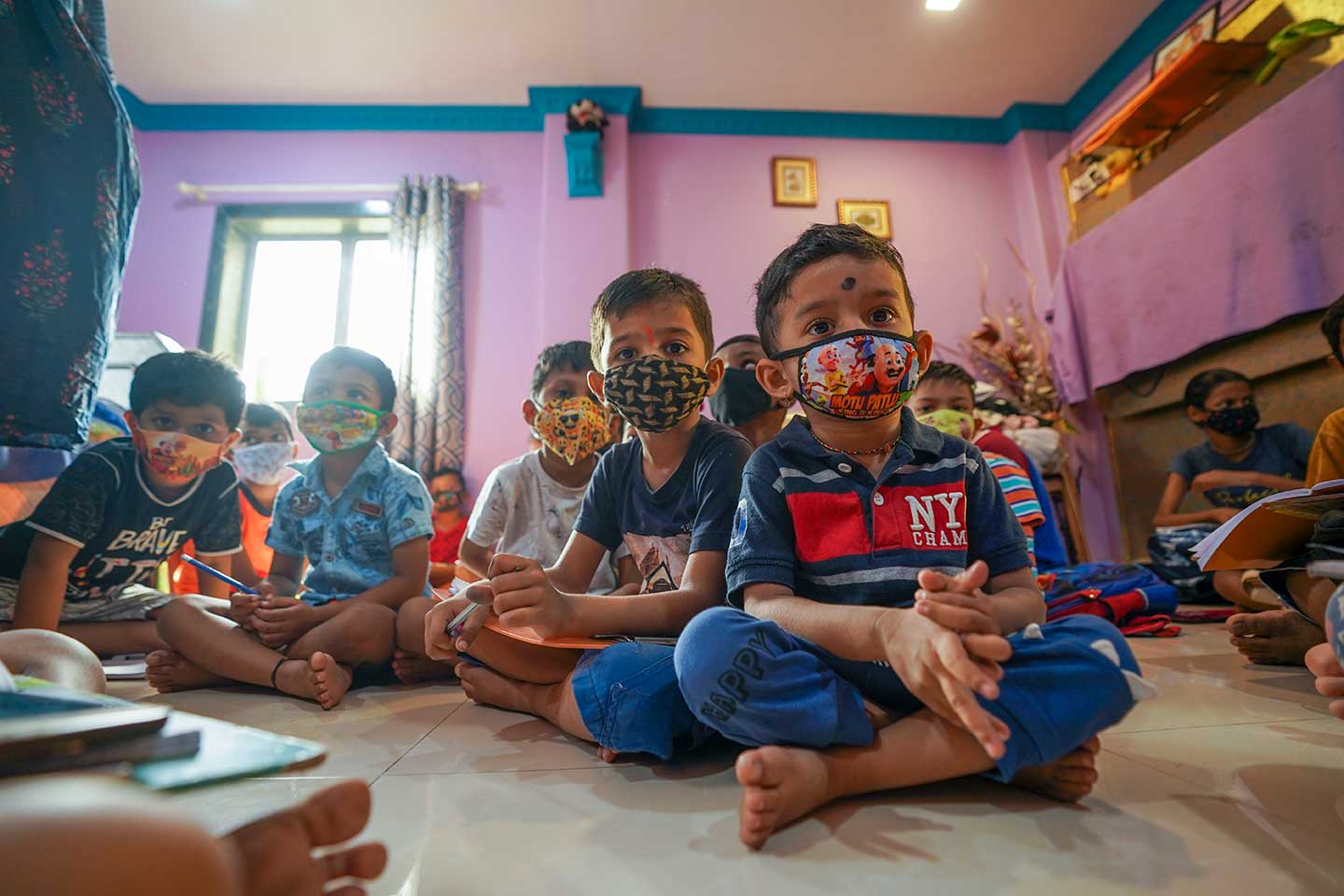
Children and teenagers are less likely than adults to get severely ill if they catch COVID-19, but that doesn’t mean it’s safe to let infections rip through schools. In a recent Special Focus on COVID-19 in children and adolescents, the World Health Organisation summarised what we’ve learned about infections in this age group since the start of the pandemic.
Whether children who are infected with variants of concern such as the Delta variant experience more severe disease is under investigation.
Case numbers
Throughout the pandemic, there have been proportionally fewer recorded cases and deaths from COVID-19 among children, adolescents and young adults – although their tendency to experience fewer and milder symptoms may also have resulted in fewer tests being done. It is possible that up to 50% of infected children may be asymptomatic, although this data is of low quality.
Based on data reported to WHO between 30 December 2019 and 6 September 2021, children under the age of five represented the smallest proportion of cases among under 24-year-olds, and just 1.8% of global cases. Those aged 5-15 and 15-24 accounted for 6.2% and 14.3% of global cases respectively. Deaths for all of these age groups accounted for fewer than 0.5% of global deaths from COVID-19.
Susceptibility to infection
So are children less susceptible to picking up the virus in the first place? The risk of becoming infected with SARS-CoV-2 depends on a combination of factors, including your personal biology, the types of environments you’re exposed to, for example in the workplace or at school, and the intensity of that exposure, which can be influenced by the level of community transmission and how well people are adhering to public health and social measures.
Many studies have sought to understand the extent to which children have been exposed to SARS-CoV-2 by looking at levels of antibodies in their blood or how much virus is shed by infected children, but the results have been mixed. This is possibly because infection control measures, not to mention people’s adherence to them, have waxed and waned over the course of the pandemic, making it difficult to compare data collected at different time points.
Certainly children of all ages can, and do, become infected and can spread the virus to others. The fact that a higher proportion of adolescents have tested positive for COVID-19 could indicate that the virus finds it easier to gain a foothold in their bodies compared to younger children. Whether this is also true of newer variants is currently being investigated.
Risk of severe disease
Although children are at lower risk overall, older adolescents and infants under one year of age appear most likely to be hospitalised and to suffer from more severe disease. Young infants are also at higher risk of other diseases with overlapping symptoms, such as pneumonia and malaria. However, newborn infants (under 28 days) who are infected with COVID-19 tend to have mild disease compared with older babies and children.
Have you read?
In rare cases some children develop a hyperinflammatory syndrome, known as paediatric inflammatory multisystem syndrome. This is associated with SARS-CoV-2 (PIMS-TS) or multisystem inflammatory syndrome in children (MIS-C), which can lead to organ failure and shock – a life-threatening condition in which the body’s tissues are starved of oxygen.
As well as testing positive for COVID-19, or having been in close contact with an infected person, signs of PIMS-TS include a fever lasting for three or more days and two of the following: a rash or watery discharge from the eyes; low blood pressure or shock; diarrhoea, vomiting, or abdominal pain; evidence of heart-related abnormalities such as myocarditis or pericarditis (inflammation of the heart muscle or the fibrous sac surrounding it) or changes in the blood’s ability to clot.
Children are usually treated with anti-inflammatory drugs. A review of 216 probable PIMS-TS cases in the UK found that 44% required hospital intensive care. Three children (1.1%) died.
Whether children who are infected with variants of concern such as the Delta variant experience more severe disease is under investigation.
Long COVID
Children and adolescents can experience prolonged symptoms of COVID-19, although the frequency and characteristics of such ongoing cases are still being investigated. One recently published study of 3,065 adolescents who had previously tested positive for COVID-19 found that around 14% continued to experience some symptoms 15 weeks after initially being infected – the most common being headaches and tiredness.
Children’s role in driving transmission
There is some preliminary evidence to suggest that infected children may be less likely to infect others, compared to adolescents and adults, but COVID-19 outbreaks have been documented in secondary schools, summer camps and daycare centres – particularly when mask wearing and physical distancing were absent.
Also, among symptomatic children, adolescents and adults with COVID-19, there was little difference in the amount of virus that could be detected in their noses and throats when they were tested at the same time point after the onset of symptoms. What’s less clear is whether children with no, or only mild, symptoms shed less virus compared to adults, because fewer seemingly well people are routinely tested. This means that the relative transmissibility of SARS-CoV-2 at different ages remains uncertain.
According to Don’t Forget the Bubbles, a paediatric medical education resource which has been reviewing the data on COVID-19 and children since the start of the pandemic, contact tracing studies from schools have generally found very low rates of transmission, especially among younger children, supporting the idea that they may be less likely to transmit the virus. There is also little evidence in the medical literature of large outbreaks within primary school, during periods of low to moderate community transmission. Larger school outbreaks have been documented among adolescents during periods of high community transmission.
More from Linda Geddes
Recommended for you
